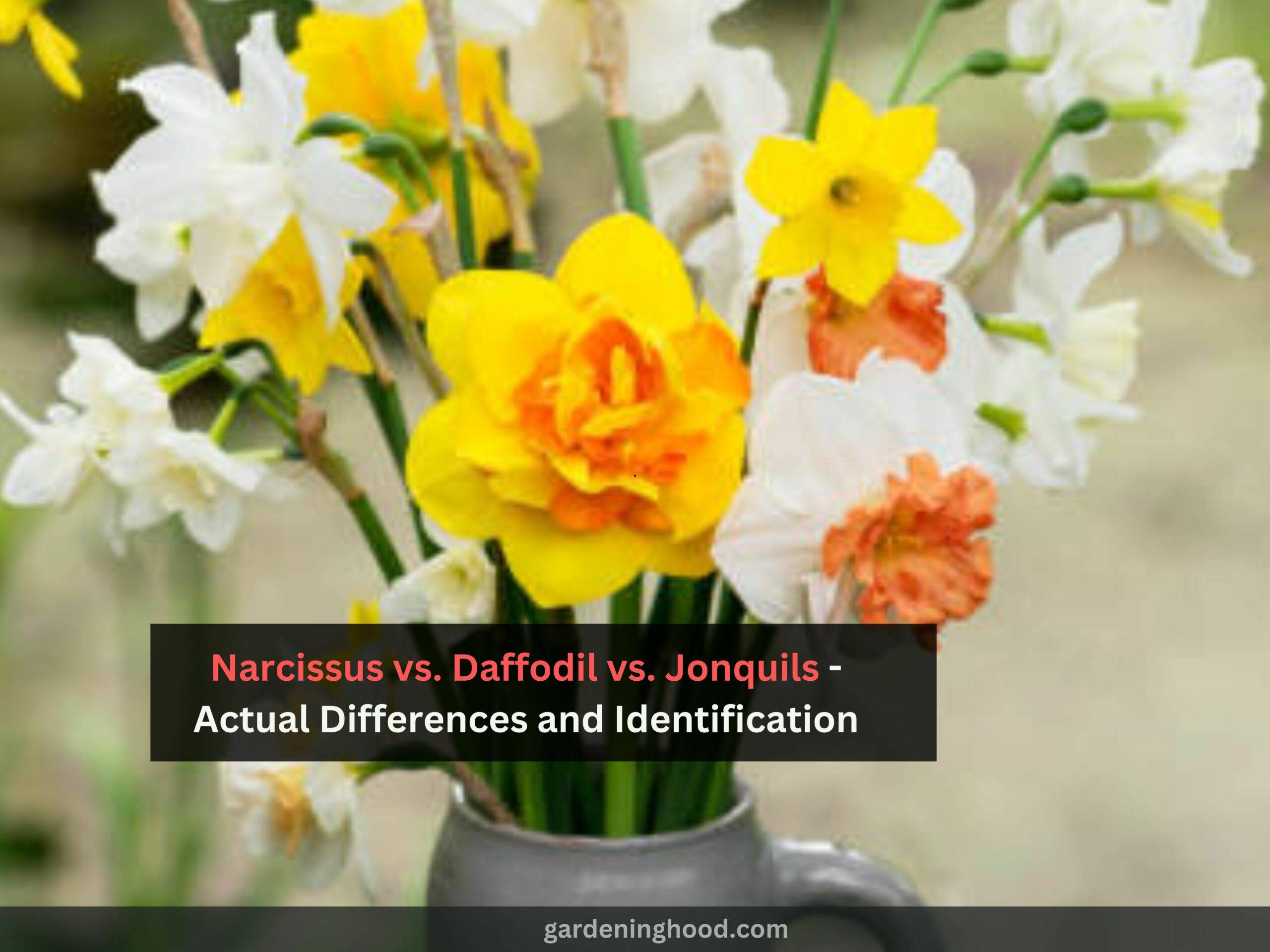Annual Flowers Images, Tips, and Guide
Have you ever heard about Annual Flowers? Many growers use annuals to add color to their plants, hedges, and shrubs over the season, but if you are not aware, let me guide you.
Here I am sharing my experience with annual flowers, which are available in a variety of designs, sizes, and colors. Some annual flowers are known for their beautiful flowers, while others are known for their eye-catching greenery. Let’s learn more about them by reading the whole article.
Key takeaways:
- For annuals, the first frost usually indicates the end of the season, and the majority of them must be regenerated each year.
- If the blossoms are left to grow seed heads and return the next year, some will release seeds.
- Annual flowers can be found in many designs, sizes, and colors.
- These plants do die in one season.
- These flowers are available in Purple, bi-color, pink, blue, red, yellow, coral, orange, white, and black.
What do you mean by annual flowers?
Annuals are plants that flower and die in one season, though many may release seeds that you can harvest (or leave) in the spring to develop new plants. Annuals will often blossom till freeze, giving you continuous color and beautiful blooms throughout the season. An additional benefit is that these plants may often be planted in any season of the year. Still, in the middle of summer, rejuvenate your beds.
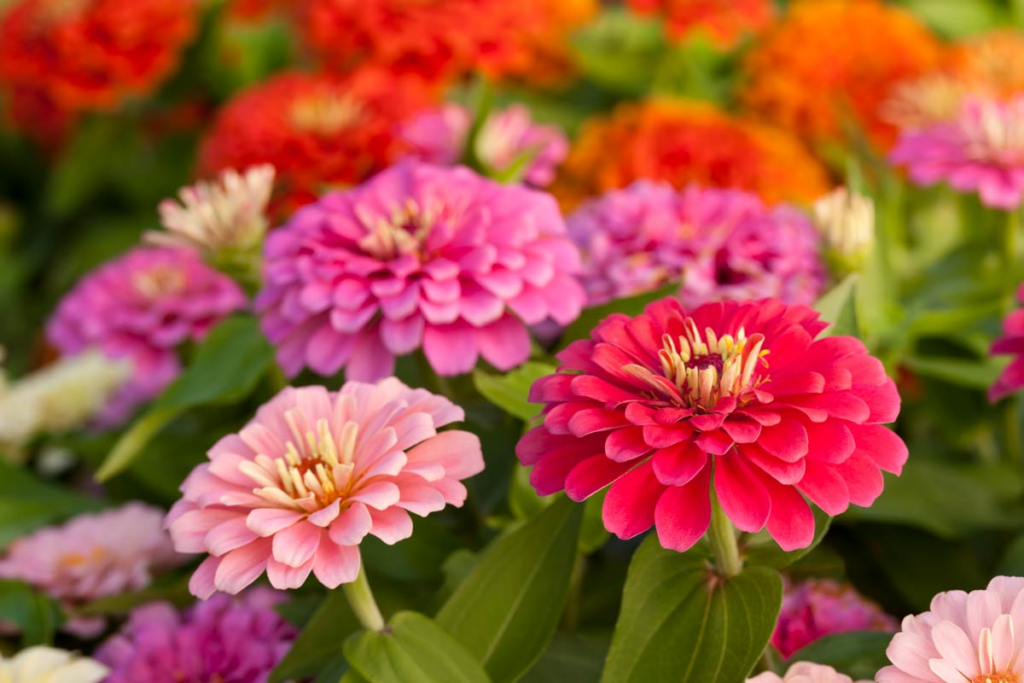
Are there any pros and cons of planting Annual Flowers?
So, guys what is your opinion regarding this? Are there any benefits and disadvantages of planting annual flowers? Let us know about them in detail. Before you plant annuals in your garden, consider the following benefits and drawbacks:
Advantages:
- Annuals are simple to plant and have brightly colored flowers that make an immediate impact.
- They can be planted in garden beds, hanging baskets, or containers and are quite adaptable.
- Many annuals will bloom nonstop from planting until frost if properly planted and cared for.
- Purple, bi-color, pink, blue, red, yellow, coral, orange, white, and even black are all options!
- There are annuals for any circumstance, including deer, sun, shade, little maintenance, and so forth.

Disadvantages:
- Despite vegetation, which returns year after year, annual plants have only one season of existence and must be transplanted every year.
- To maintain their flowering, many annuals require deadheading or the removal of wasted buds.
- Fertilizers should be used frequently for annuals to make them look their best.
- Irrigation is frequently required daily, in the summertime heat.
Few tips for growing Annual Flowers
- When growing young annuals, ensure they have quite enough room to grow to their full potential.
- See your seedlings off to a nice beginning, and add sluggish fertilizer to the planting area.
- Make sure they’re planted in a location where they’ll get enough light.
- Assess the forecast; it’s best to plant once the threat of frost has gone.
- Annuals should not be kept in six-packs or flats for long periods; it is ideal to use them in the field or a container as soon as possible.
- After you’ve planted your new plants, give them plenty of water right away.
A few Popular annual flowers and plants:
Below are some popular annual flowers and plants that might be familiar to you such as;
- Petunia
- Verbena
- Calibrachoa
- Geranium
- Marigold
- Vinca
- Zinnia
Explanations:
Zinnias:
- Growing zinnias as an annual plant is good for beginners.
- Planting this annual plant in your garden will enable the pollinators to attract in your garden such as butterflies, hummingbirds, etc.
- This plant can be found in various forms vibrant hues having different sizes from petite dwarfs to towering stems.
- You need to provide the plant with full Sun to maintain its growth and healthy plant.
- The blooming period of the plant is during the summer and fall seasons. you need to keep the plant away from the deer
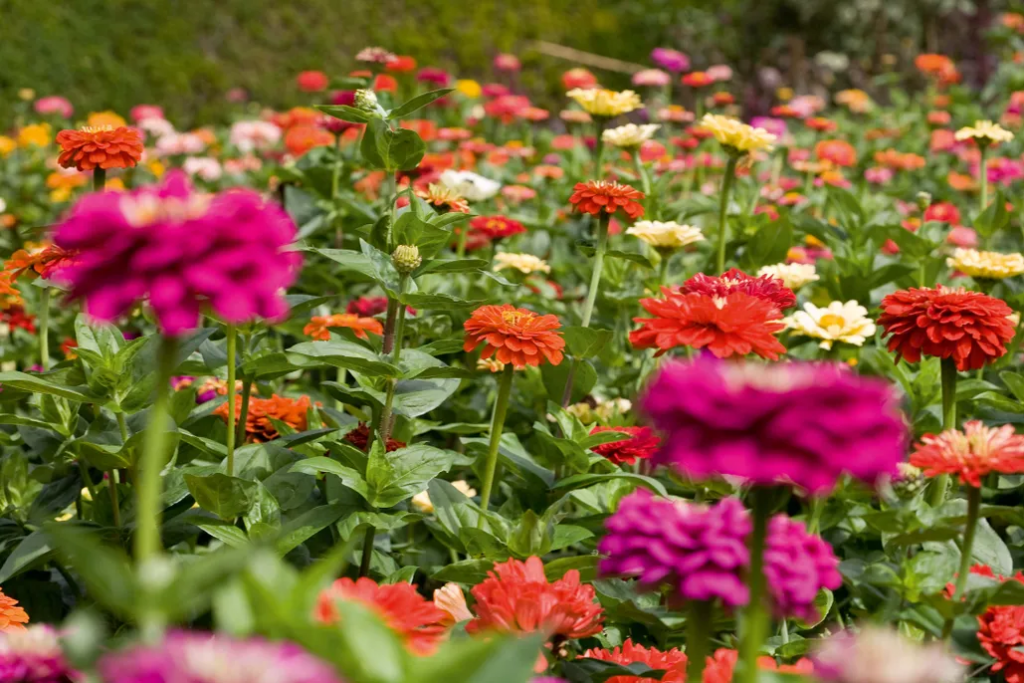
Petunias:
- The Petunias are annual plants that you can grow in containers, pots, window boxes hanging baskets, and garden beds.
- The flower is used to Bloom in different colors such as pretty pinks, reds, whites, yellows, and purples.
- You need to provide the plant with full Sun. the blooming Period of the plant is during the spring, summer, and fall seasons.

Begonia:
- The beginners are the annual plants that bloom with different colors such as White pink and red.
- You need to care for and maintain the plant for healthy and quicker growth.
- During the fall season, you need to move the plant indoors so that you can use it in the future. the plant loves to grow in full, partial, and full sun.
- The blooming period of the plant is during the summer season.
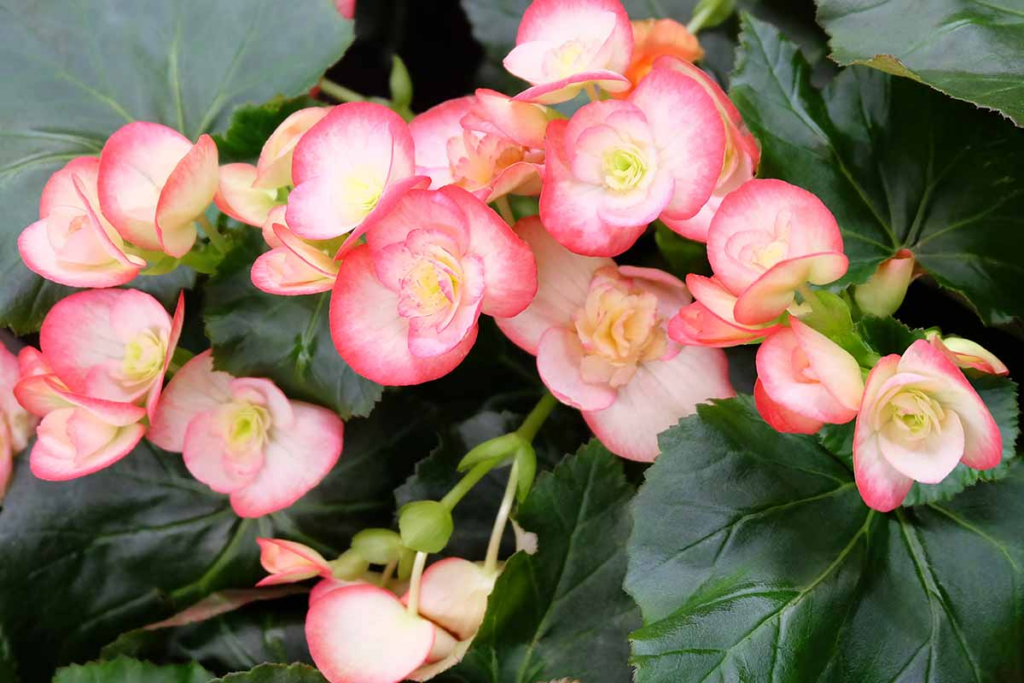
Angelonia:
- They do come under heat and drought-tolerant flowers.
- They can grow even in the Sunniesr days without harming their flowers.
- They need full sun to grow quickly.
- The blooming period of the plant is during the summer season.
- These are the plants that come under the deer-resistant category.

Celosia:
- These are plants that come in a variety of shapes such as brains, fans, and plumes.
- They are used to Bloom in different colors like pink red orange and yellow.
- This plant comes under to easy-to-care category.
- You need to provide the plant with full sunlight.
- The blooming period of the plant is during the summer season.

Cosmos:
- They are used to grow taller than the other plants.
- The plants have pretty Petals in different colors like shades of pink, white, and purple. the blooming Period of the plant is during the summer period.
- They need full sunlight to grow properly

Impatiens:
- They used to grow with small flowers having soft and delicate Petals.
- Best to be grown in darker areas.
- You need to plant these flowers in a Shady spot.
- The blooming period of this plant is during the summer period
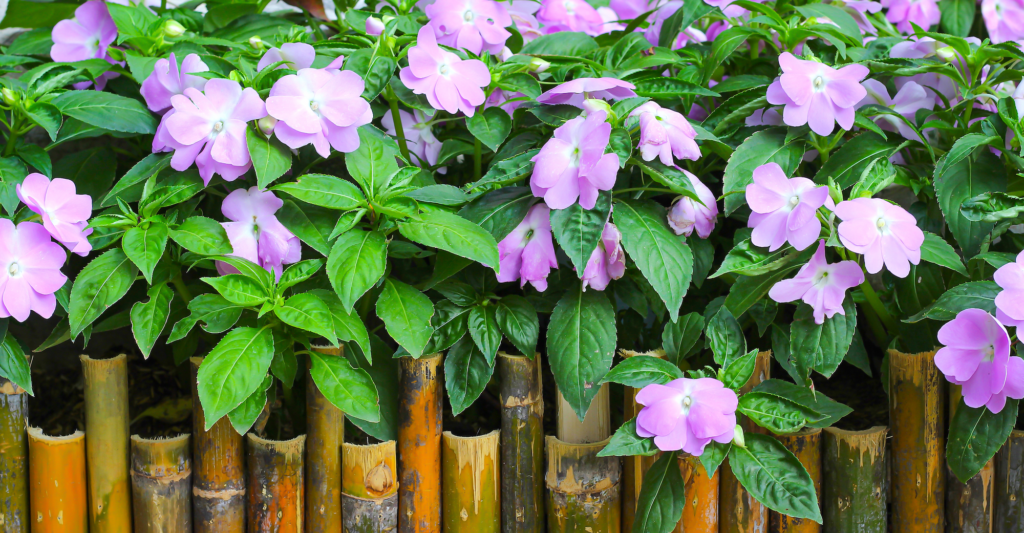
Can you do designing with the Annual Flowers?
When garden centers begin to fill up with attractive exhibits of annual flowers in the springtime, it’s helpful to acquire everything you can and plan where you’ll put it all later. Here are a few crucial suggestions for creating annuals if you want conceptual structures. let’s face it, we all know that looks better:
- Examine the spots in your garden where you want annuals before getting in your automobile to just go seed buying. Consider the size of the spaces, the sun and shadow patterns during the day, how the locations will be observed, and what vegetation is in the vicinity.

For more such plant related-articles, you may also read, White Annual Flowers – Annuals with White Flowers and Foliage
- Colors can be used to enhance, oppose, or resemble each other. Too much distinction can be off-putting, and too much of the same color can become boring. For a unified and pleasant aesthetic, use a limited palette of colors that work well together. Arrange samples on the ground at the garden center to check if they’ll go well together if they look nice with each other in a flat, they’ll probably look good in the garden!
- To guide the eye through the garden, repeat colors, and forms.
- To give the garden a sense of movement, use a range of textures. It can be monotonous to gaze at too many plants with either a fine or a bold texture.
- Commit to bigger amounts of a few species of plants in a field of sole annuals, rather than the overbusy look of a few of everything, unless you’re purchasing a combination of plants that are designed to be the same, as certain pansies are.
- Flowers aren’t required for plants to look attractive in the landscape. When utilized as filler or focal point, foliage plants including coleus, Persian shield, ‘Magilla’ perilla, Joseph’s coat, and copper leaf give texture.
Wrapping up the context
So, folks, I hope by reading this article, you might be clear with your doubts and thoughts about annuals. In this article, you come to know about the annual flower tips, pros, cons, and so on.


